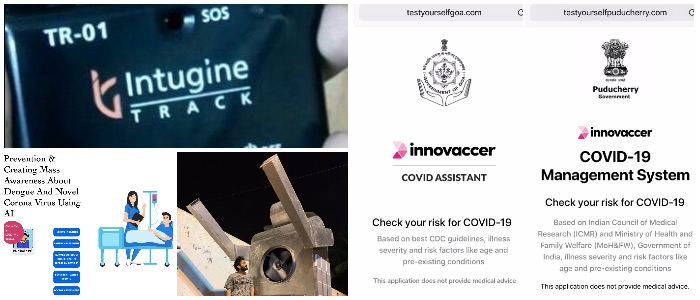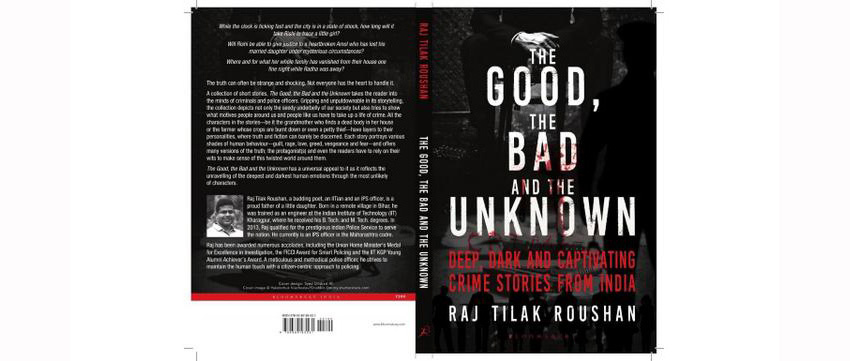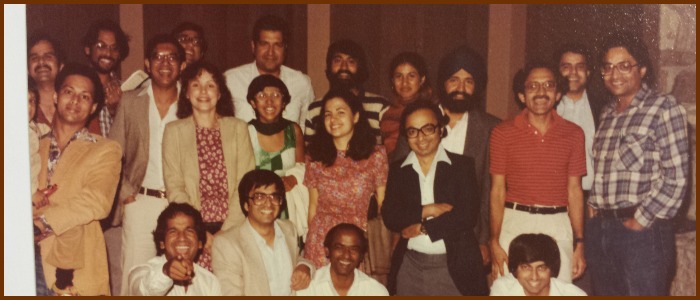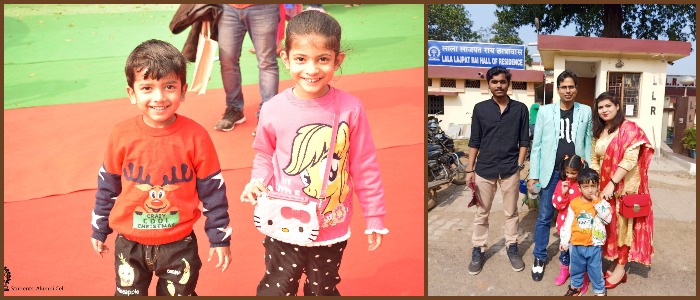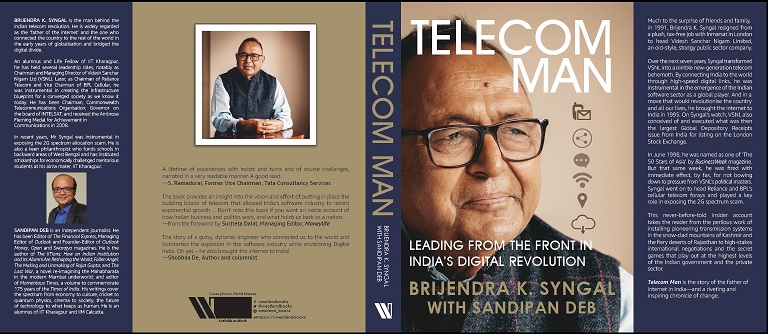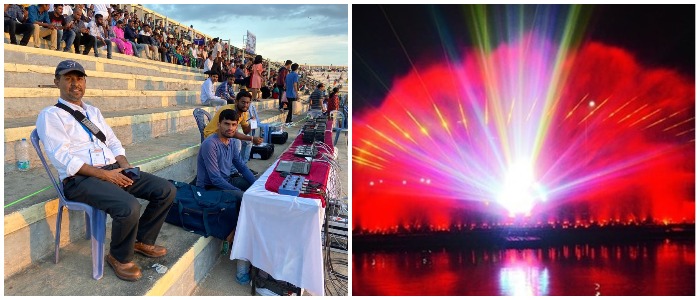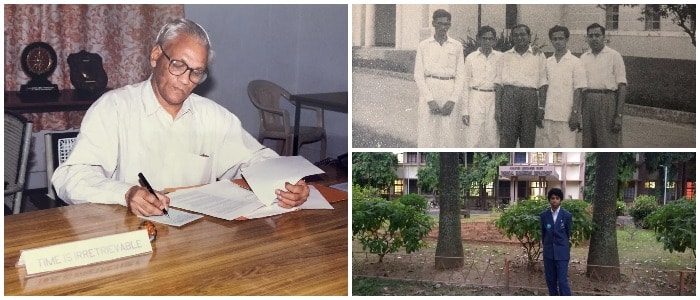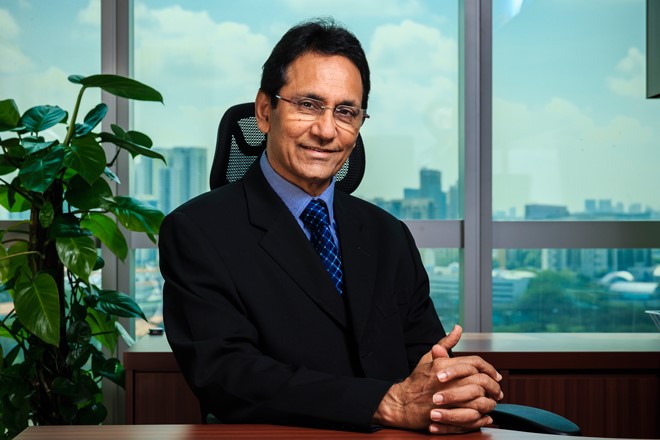
IIT Kharagpur Alumnus Prof. Thirumalai Venkatesan has become FRS
“On behalf of the entire institute, I heartily congratulate to our distinguished alumnus, Prof Thirumalai Venkatesan (1969/B.Sc/PH) on his well-deserved success. It has been a great honor for getting elected as the Fellow of The Royal Society. His outstanding work as a physicist and an educator, for long years has finally paid up.We are so pleased to see him accomplishing great things. Best wishes to bring more and more laurels for him and his profession. In the year 2017, he visited IIT Kharagpur his Alma mater to receive the prestigious Distinguished Alumnus Award”, said Prof Virendra Kumar Tewari, the Director of…

